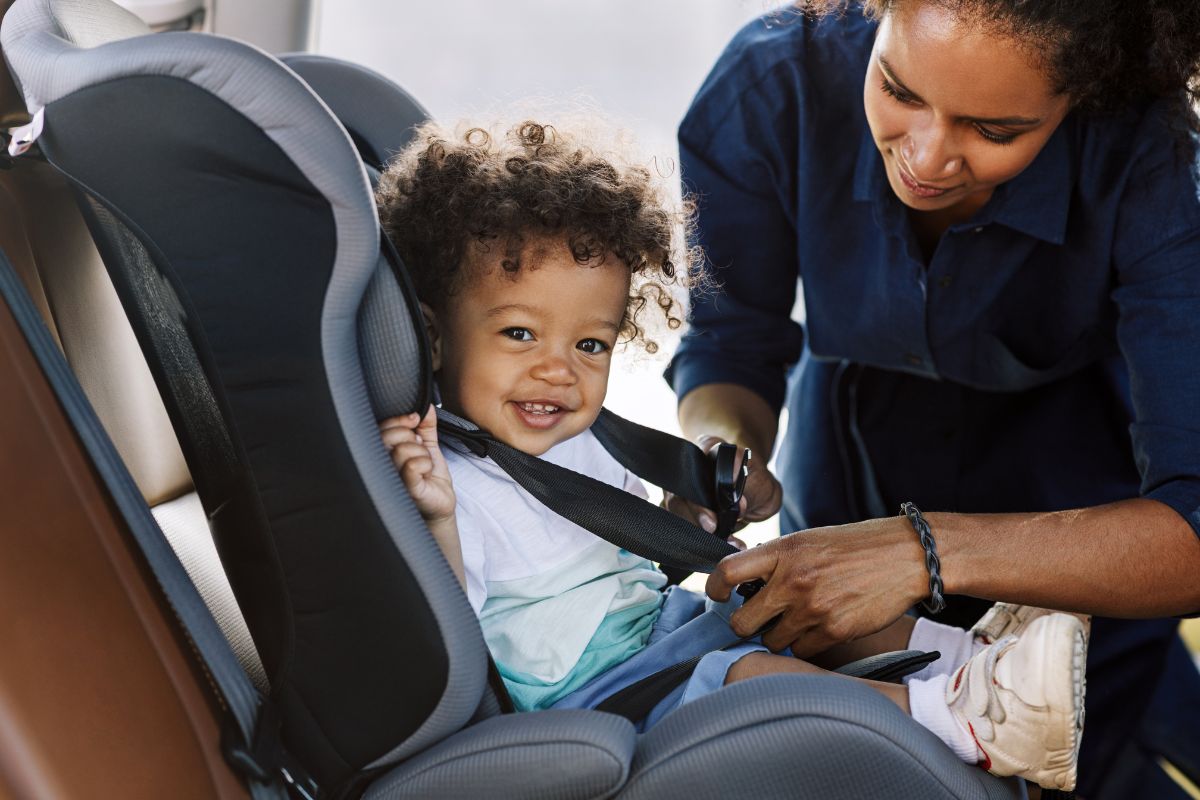
Automobile accidents are one of the leading causes of injury and death among children in the United States. Therefore, one of the most important safety devices for a young child or infant is car seats. While it is impossible to keep an accident from occurring, a defective car seat could cause injuries that could have been prevented.
Read on for examples of defective car seats and why they are dangerous, how you can check to make sure your car seat is reliable, what to do if your car seat has been recalled, and how a Habush Habush & Rottier attorney can get you the compensation you deserve if your child has been injured due to a defective car seat.
Examples of defective car seats and why they are dangerous
A defective car seat can turn a minor collision into a major life-changing injury. According to the National Highway Traffic Safety Administration (NHTSA), a properly functioning car seat can reduce the risk of death in infants to toddlers by 50%-70%. The NHTSA has recalled over 4 million car seats since 2003 for various defects. Common defects include:
- Straps made from low-quality materials that tear too easily or are highly flammable
- Faulty latches that come undone when mild force is applied
- Latches that are too difficult to undo, making it hard to remove a child during an emergency
- Weak frames or cushions that come undone too easily
- Faulty strap adjusters that make the straps too loose or too tight
how can you make sure your child’s car seat is reliable?
A car seat, like any other product, wears down over time. For example, plastic that was once flexible and able to absorb the impact of a crash, can become brittle and break under accident pressures. This can lead to severe injury or even death to the child or infant in the car seat.
To prevent this from happening, a parent should know the expiration date of their car seat. Most manufacturers give their seats an expiration date of 2-8 years from the date they were made. Check the date of manufacture and the “expected useful life” of that particular car seat. This information can be found on the car seat label or by calling the manufacturer.
A car seat can also be deemed unreliable if there is a recall on it. In most cases, the car seat manufacturer will mail notices to registered car seat owners advising them of the corrective action to be taken. You can also stay up to date by visiting www.safecar.gov to view any car seat recalls that manufacturers have released.
What To do if your car seat has been recalled?
Taking prompt action is the best precaution when a car seat is the subject of a recall. If your car seat has been recalled, the following actions can help to reduce the risk of a preventable injury.
Go to the Source
Find out details about why the seat was recalled so that you can be better educated about exactly what you need to do. NHTSA posts recall notices that contain a description of the recall, list the car seat models affected by it, and describe what the defect is and what consequences could occur because of it. The site will list what corrective actions will need to be taken.
Contact the Car Seat Manufacturer
They will need the model number and manufacture date of the car seat. Both can be found on the car seat label. They may be able to give you a better understanding of the recall and what they can do to help.
How habush can help
If your child has been injured as a result of a defective car seat the first priority needs to be focusing on taking care of their needs. Let Habush Habush & Rottier handle everything else. The personal injury team at Habush is here to help you with your claim and get the compensation that you deserve. To discuss the details of your particular situation, contact us at 800-2-HABUSH (800-242-2874) today.